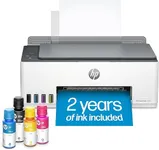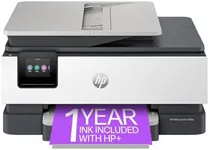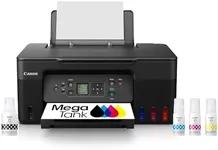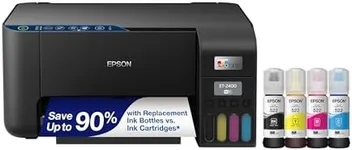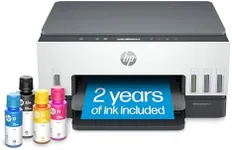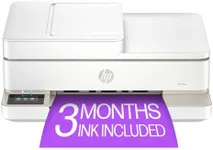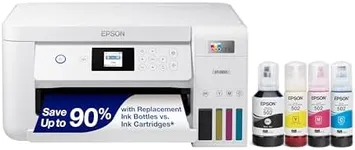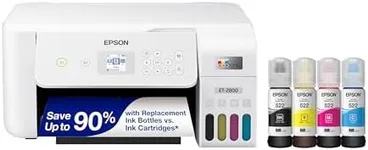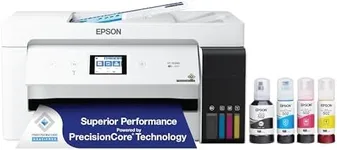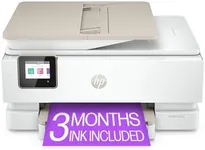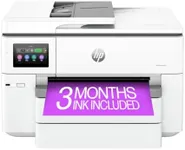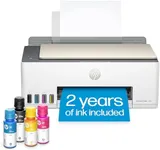Buying Guide for the Best Photo Inkjet Printers
Choosing the right photo inkjet printer can be a bit overwhelming, but with the right approach, you can find a model that perfectly suits your needs. The key is to understand the specifications that matter most for photo printing and how they align with your specific requirements. By focusing on the right features, you can ensure that your prints are of high quality and that the printer is efficient and easy to use.Print ResolutionPrint resolution, measured in dots per inch (DPI), determines the level of detail and clarity in your printed photos. Higher DPI values mean more detailed and sharper images. For high-quality photo prints, look for a printer with at least 1200 DPI. If you are a professional photographer or need extremely detailed prints, consider models with 2400 DPI or higher. For casual photo printing, a lower DPI might suffice, but higher resolutions will always yield better results.
Ink SystemThe ink system refers to the number and type of ink cartridges a printer uses. Printers with more ink cartridges, such as those with six or more colors, can produce a wider range of colors and more accurate photo prints. Standard four-color systems (CMYK) are adequate for general photo printing, but for the best color accuracy and vibrancy, look for printers with additional colors like light cyan, light magenta, or even specialized photo black inks. Your choice should depend on how critical color accuracy is for your prints.
Print SpeedPrint speed, measured in pages per minute (PPM), indicates how quickly a printer can produce prints. While speed is less critical for photo printing than for document printing, it can still be a factor if you need to print large volumes of photos. Photo inkjet printers typically have slower print speeds due to the high level of detail required. If you frequently print large batches of photos, look for a printer with a higher PPM. For occasional printing, speed may be less of a concern.
Paper HandlingPaper handling capabilities include the types and sizes of paper a printer can accommodate. For photo printing, it's important to choose a printer that can handle various photo paper sizes and types, such as glossy, matte, and specialty papers. Some printers also offer borderless printing, which is ideal for photos. Consider your typical photo printing needs and ensure the printer supports the paper sizes and types you plan to use most often.
Connectivity OptionsConnectivity options determine how you can connect your printer to your devices. Common options include USB, Wi-Fi, and Ethernet. Wi-Fi connectivity allows for wireless printing from multiple devices, which is convenient for home use. Some printers also support mobile printing through apps or cloud services, making it easy to print directly from your smartphone or tablet. Choose a printer with connectivity options that match your workflow and the devices you use.
Operating CostsOperating costs include the price of ink cartridges and the frequency with which they need to be replaced. Some printers have higher upfront costs but lower long-term operating costs due to more efficient ink usage. Consider the cost per print and the availability of high-yield cartridges, which can reduce the frequency of replacements. If you print photos frequently, look for a printer with lower operating costs to save money over time.
Additional FeaturesAdditional features can enhance the functionality and convenience of your photo inkjet printer. These may include built-in scanners, memory card slots, touchscreens, and duplex printing. While not essential for everyone, these features can be beneficial depending on your specific needs. For example, a built-in scanner is useful for digitizing old photos, and a touchscreen can simplify navigation and printer setup. Consider which additional features will add value to your printing experience.

